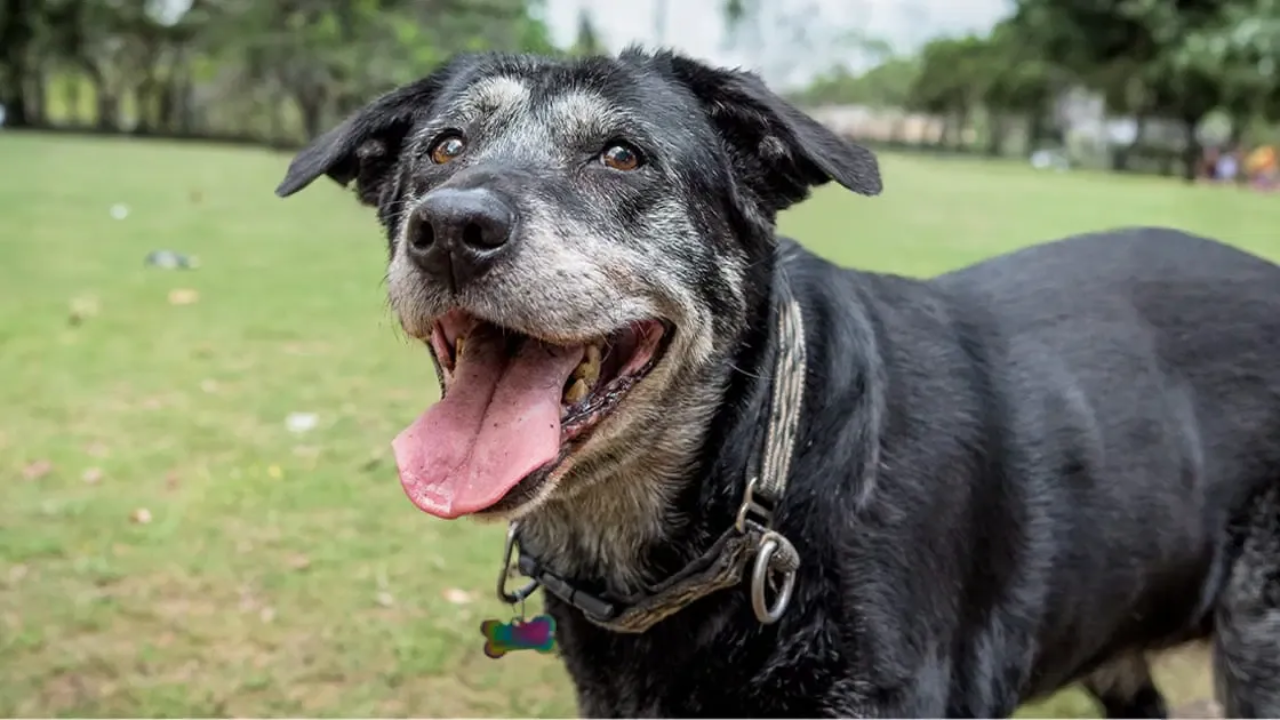Caring for Your Senior Dog with Arthritis: A Guide for Pet Owners
Oct 26, 2025
Watching your dog age can be bittersweet. You love the gray muzzle and the calm demeanor, but you also notice changes in mobility. Arthritis is a common condition in senior dogs, affecting nearly 20% of canines over the age of one. If your furry friend struggles with stiff joints or hesitates to climb the stairs, you might be asking: how can I make my dog more comfortable and maintain their quality of life? Here’s what you need to know.
Table of Contents
Understanding Arthritis in Senior Dogs
Arthritis, or osteoarthritis, is a degenerative joint disease that results from cartilage breakdown. Cartilage cushions joints, allowing smooth movement. When cartilage deteriorates, bones rub against each other, causing pain, inflammation, and reduced mobility.
Signs to watch for include:
- Limping or favoring one leg
- Difficulty rising, jumping, or climbing stairs
- Stiffness after rest or inactivity
Even subtle changes matter. Your dog may hide pain, so early recognition is key.
Managing Pain and Mobility
You can significantly improve your dog’s comfort with a combination of veterinary guidance and daily management.
- Veterinary Interventions:
- Prescription medications or joint supplements such as glucosamine and chondroitin can reduce inflammation and improve joint health (Colorado State University).
- Physical therapy, including underwater treadmills or guided exercises, strengthens muscles that support joints.
- At-Home Strategies:
- Provide non-slip surfaces. Rugs or mats prevent slipping and reduce stress on joints.
- Support your dog during activity. A harness or lift aid can help them navigate stairs or get into cars.
- Maintain a healthy weight. Extra pounds increase pressure on joints, worsening arthritis.
These steps aren’t optional—they’re essential for your dog’s daily comfort and long-term mobility.
Diet Matters: Feeding for Joint Health
What your dog eats plays a significant role in managing arthritis. Anti-inflammatory diets, rich in omega-3 fatty acids and high-quality protein, help reduce joint inflammation. Some commercial senior dog foods are specifically formulated to support cartilage health.
Here’s how to optimize your dog’s diet:
- Incorporate fish oil or supplements with EPA/DHA for joint support.
- Choose lean protein to maintain muscle without adding weight.
- Monitor portions and weight consistently to avoid overloading joints.
Even small dietary adjustments can produce noticeable improvements in mobility and energy.
Grooming Your Senior Dog with Arthritis

Grooming isn’t just about appearance; it’s a critical part of arthritis care. Dogs with stiff joints often avoid paw care or brushing, which can lead to mats, skin infections, or overgrown nails that worsen discomfort.
Grooming tips for senior dogs with arthritis:
- Use elevated grooming tables or support systems to reduce strain on hips and back.
- Schedule shorter, more frequent grooming sessions to avoid fatigue.
- Choose gentle brushes and tools that minimize pressure on stiff joints.
- Regularly trim nails. Long nails can alter posture and worsen joint pain.
Professional groomers trained in senior dog care can make a huge difference. They understand the signs of discomfort, adjust handling techniques, and ensure your dog remains safe and relaxed.
Creating a Comfortable Home Environment
Your home can either support your dog’s mobility or make arthritis worse. Small changes matter:
- Soft bedding with orthopedic support eases joint pressure.
- Ramps or stairs for couches and beds prevent unnecessary strain.
- Consistent, low-impact exercise maintains muscle tone and joint flexibility.
Comfortable surroundings combined with proper care create a foundation for your dog’s well-being.
When to Seek Veterinary Attention
Even with diligent care, arthritis can worsen. Contact your veterinarian if you notice:
- Sudden limping or lameness
- Loss of appetite or behavior changes
- Pain that persists despite medication or lifestyle adjustments
Early intervention can slow disease progression and improve quality of life.
Your Role in Your Senior Dog’s Life
Caring for a senior dog with arthritis requires attention, patience, and proactive management. From diet and mobility support to grooming and home adjustments, every step you take matters. Your dog relies on you to make life comfortable and enjoyable in their golden years.
By combining veterinary guidance, home care, and specialized grooming, you’re not just managing arthritis; you’re giving your dog the chance to thrive.
